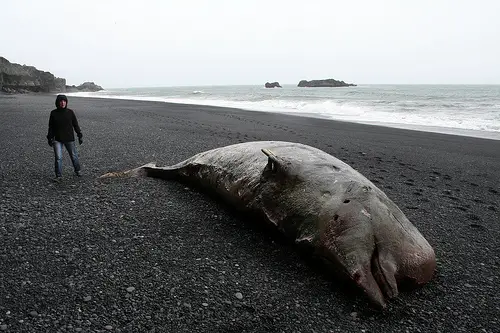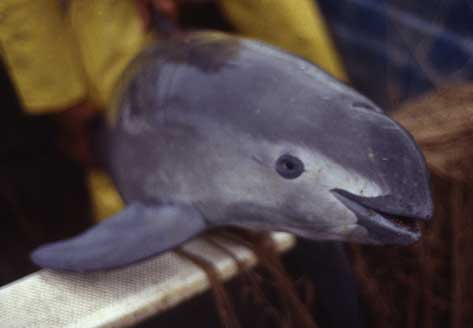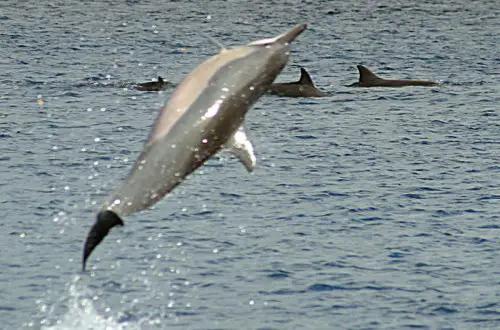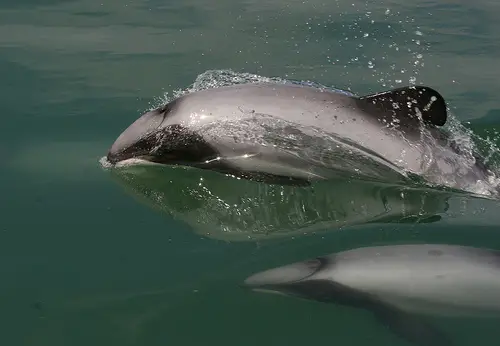Bottlenose Whale
Looking similar to a dolphin, the bottlenose whale has 2 different types of whale species. These 2 different whale species are the northern bottlenose whale (Hyperoodon ampullatus) and the southern bottlenose whale (Hyperoodon planifrons). These two are the only members of the Hyperoodon genus.
Although these two species of bottlenose whales are physically similar, their histories are quite different particularly over the past 200 years. The southern bottlenose whale is rarely observed and therefore was seldom hunted. It is thought that it is the most abundant whale species found within the Antarctic waters. On the other hand, its northern cousin was heavily hunted in the 19th and early 20th centuries by Britain and Norway.
The bottlenose whales are about 8 to 10 metres long as adults, and their melon is bluff. Their beak is long like a dolphin, but a males’ beak is white where as a females’ beak is white. Their dorsal fin is quite small at only a mere 30 to 38 centimeters and is set at the middle of its back. This dorsal fin is sickle shaped and tipped. The northern bottlenose whale’s back is mid to dark grey, while the southern bottlenose whale’s back is light to mid grey. However, they both have a lighter underside. A northern bottlenose whale weighs about 5,800 – 7,500 kgs. It is harder to find out what weight a southern bottlenose whale weighs as it is rarely seen, however it is thought to be between 6 to 8 tonnes.
The northern bottlenose whale lives in the north Atlantic Ocean and in the deep, cool, sub-arctic waters such as the Davis Strait, Greenland Sea, Labrador Sea, and the Barents Sea. Their total population is estimated to be 10,000. They are regularly seen in The Gully which is a large submarine canyon to Novia Scotia’s east which has a year round population of 160 whales.
The southern bottlenose whale is found around the Southern Ocean. It is found as far south as the Antarctic Ocean, and as far north as the tip of South Africa, New Zealand’s North Island, and southern Brazil. Unfortunately, the global population of these whales are unknown.
Before the northern bottlenose whales where whaled, it is estimated that there were 40,000 – 50,000 of these whales in the North Atlantic. Between 1850 and 1973, 88,000 of these were caught by Britsh and Norweigian whalers. At present, only the villages of Hvalba, Sandvik in the Faroe Islands hunt this animals. and As a result, these whales are a concern to those interested in animal conservation especially since ther are now a few oil and gas developments around The Gully in Nova Scotia.
Fortunately for the southern bottlenose whale, it is thought to be not threated at all by humans as it was rarely hunted. The biggest recorded catch of this species was by Soviet Whalers in the Antarctice between 1970 and 1982.




